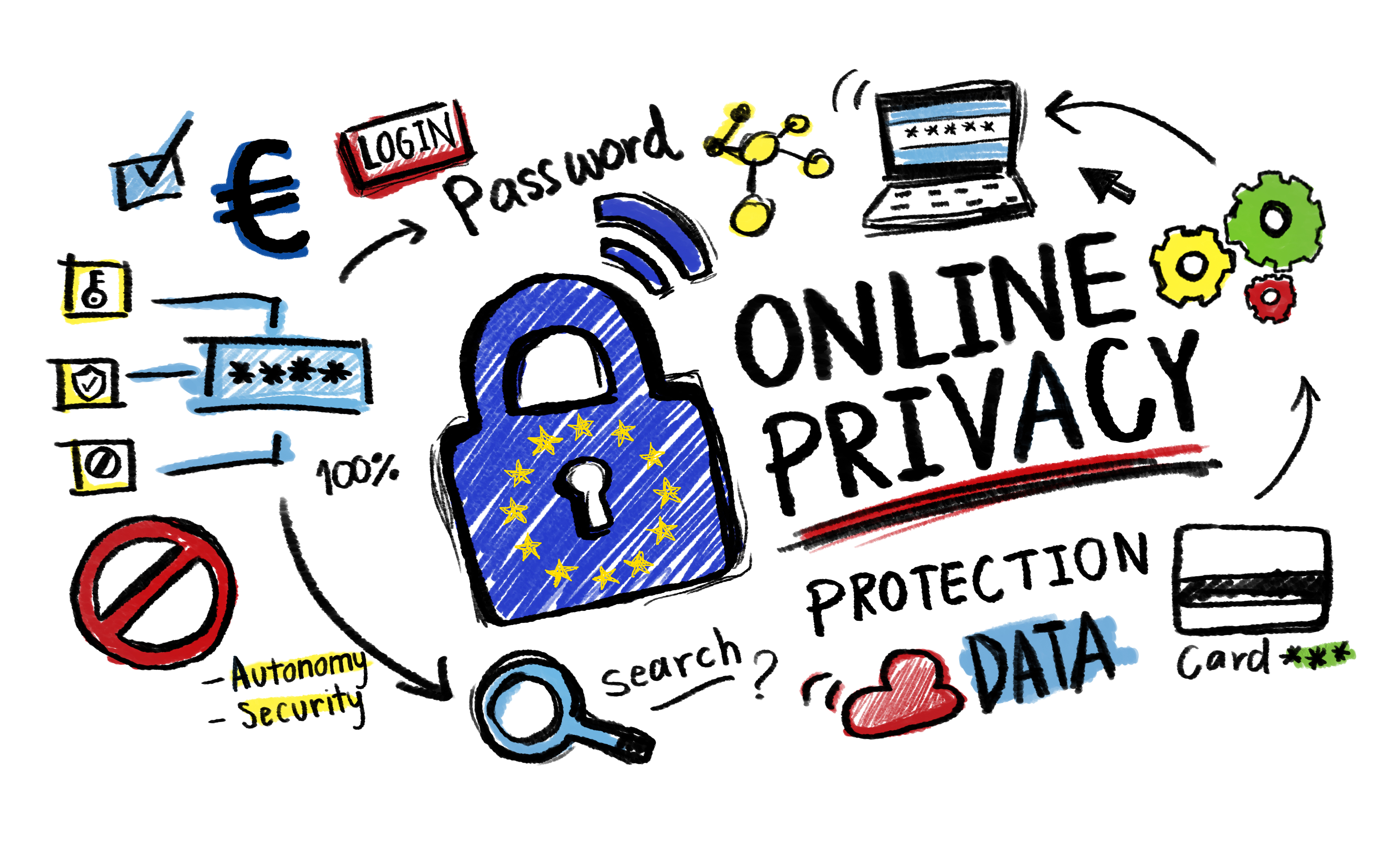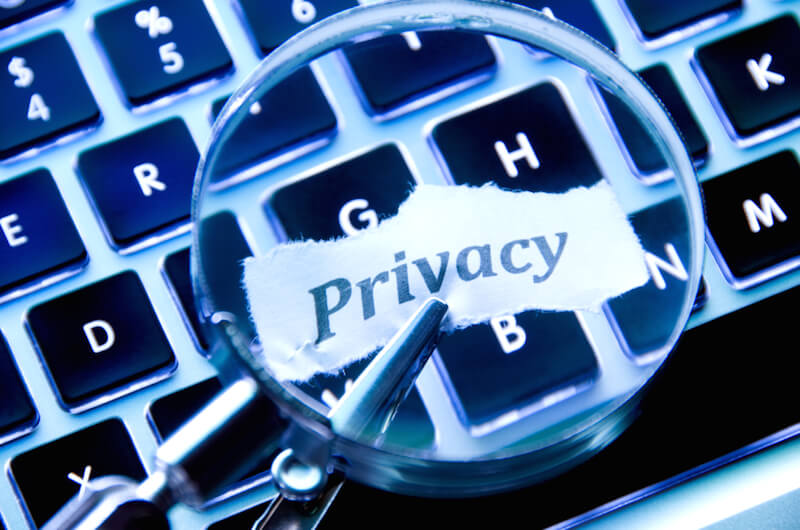internet of things privacy

In today’s digital age, privacy and security are more important than ever. With the internet of things (IoT) becoming increasingly prominent, it’s essential to consider the implications for our privacy and security. In this article, we will be exploring the topic of IoT privacy and security and its implications.
A Deep Dive with Internet-of-Things Privacy and Security Implications

Abstract
The internet of things (IoT) is a concept that refers to the interconnectivity between physical devices, sensors, and software. As a result, we can now control and monitor our household appliances, cars, and even our healthcare devices from anywhere in the world, using only a smartphone or any internet-connected device. The advantages and benefits of the IoT are undeniable. Opportunities exist for gains in productivity, efficiency, and convenience. However, with this newfound interconnectivity comes the potential for privacy and security breaches.
Introduction
The risks associated with IoT devices are numerous, from hacking to data breaches. An attacker can exploit a vulnerability in a device or a communication channel to infect the system with malware, corrupt or steal personal data, or control the device remotely. For example, an attacker can use a compromised IoT device, such as a thermostat, to penetrate a network and access all the data within it. Similarly, the collection of information from IoT devices by third-party services, without the owner’s consent, can open up avenues for personal data leakage and invasion of privacy.
Content
IoT devices often come with default usernames and passwords, which can be easily guessed or hacked. As a result, it is essential to change these credentials as soon as possible to prevent unauthorized access. Passwords should be complex, and two-factor authentication should be used if possible.
Another significant issue to consider is that of the data collected by IoT devices. Smart devices constantly gather data, including location, usage patterns, and even biometric data. This personal information can be used to build detailed profiles, which can be sold to advertisers or third-party service providers without the user’s knowledge or consent. To mitigate this risk, users should read privacy policies carefully and be selective about which devices and companies they entrust with their data.
One solution to the problem of data privacy is to encrypt data before it is transmitted. Data encryption is the process of transforming sensitive data into an unreadable format, which can only be decrypted with a unique key. Secure data transfer protocols, such as SSL (Secure Sockets Layer) or TLS (Transport Layer Security), can also be used to protect data in transit. These protocols ensure that data transmitted between devices is encrypted and cannot be intercepted or monitored by a third party.
As well as encryption and secure transfer protocols, physical device security must be considered. IoT devices are often implemented on a massive scale with a focus on ease of use and functionality, with security as an afterthought. It’s essential to review security features regularly and implement the necessary patches for any security vulnerabilities.
Conclusion
The IoT industry is growing rapidly, and with this growth comes a great deal of responsibility. As users, we must be mindful of our privacy and security, and prioritize these over convenience. Manufacturers must also consider the security implications of their IoT devices from the outset, rather than as an afterthought. By taking a proactive approach to IoT privacy and security, we can enjoy the many benefits of IoT without compromising our personal data.
Key Steps For Online Privacy

Abstract
From targeted advertising to data breaches, there are many reasons to be concerned about online privacy. As we rely on the internet more and more for our daily activities, we must also take steps to protect our online privacy. In this article, we will be exploring some tips for online privacy to help you stay safe and secure.
Introduction
Our online activities can expose us to a variety of risks. Cybercriminals can exploit vulnerabilities in websites and browsers to infect our devices with malware, steal personal information, or even take control of our devices remotely. In addition, online companies often track our browsing habits and collect data about us, which can be used in targeted advertising or sold to third-party service providers without our knowledge or consent.
Content
The first step to protecting your online privacy is to use strong, unique passwords for every account. Passwords should be at least twelve characters long and should be a combination of letters, numbers, and special characters. Two-factor authentication should also be used whenever possible.
Another important step is to use a virtual private network (VPN) when browsing the internet. A VPN encrypts all traffic between your device and the internet, making it difficult for anyone to intercept your data. With a VPN, you can browse the internet securely, even on public Wi-Fi networks.
Another way to protect your privacy online is by using privacy-focused browsers, such as Tor or Brave. These browsers use a variety of techniques to protect your privacy, including encrypting your traffic, blocking trackers, and obscuring your IP address. Additionally, you should clear your browser cookies regularly to prevent online companies from tracking your browsing habits and collecting data about you.
Finally, you should read privacy policies carefully before signing up for any online service. Privacy policies should be clear and easy to understand, with details about what data is being collected, how it is being collected, and how it will be used. If you don’t agree with the terms of a privacy policy, you should look for an alternative service or take steps to protect your privacy, such as using a VPN or privacy-focused browser.
Conclusion
Online privacy is a critical issue in the digital age, and it’s essential to take steps to protect your personal information. By using strong passwords, a VPN, privacy-focused browsers, and reading privacy policies carefully, you can stay safe and secure online. It’s also important to be vigilant and stay informed about the latest threats and trends in online security.
Privacy & The Internet of Things: The Importance of Transparency in

Abstract
The internet of things (IoT) has the potential to revolutionize the way we live and work, but it also poses significant risks to our privacy and security. As more and more IoT devices come online, it’s essential to establish a framework for transparency in data collection, storage, and use. In this article, we will be exploring the importance of transparency in IoT privacy and security.
Introduction
IoT devices have become ubiquitous in our lives, from smart thermostats to fitness trackers. These devices constantly collect data about us, including location, biometric data, and usage patterns. This data is often shared with third-party services or sold to advertisers, without our knowledge or consent.
Content
Transparency is a crucial element of IoT privacy and security. Users need to understand what data is being collected, how it is being used, and who is accessing it. Without this information, users cannot make informed decisions about their privacy and security. Moreover, transparency fosters trust between users and IoT service providers.
One way to ensure transparency is through the use of privacy policies. Privacy policies should be clear, concise, and easy to understand, with details about what data is being collected, how it is being collected, and how it will be used. Privacy policies should also include information about data retention policies and measures taken to protect user data from unauthorized access.
Another way to ensure transparency is through the use of data protection agreements (DPAs). DPAs establish a framework for data sharing between IoT service providers and their customers, outlining the responsibilities and obligations of each party. By signing a DPA, both parties can ensure that personal data is collected, stored, and used transparently and with explicit consent.
Ultimately, transparency in IoT privacy and security benefits everyone involved. Users can make informed decisions about their privacy and security, while service providers can build trust with their customers, leading to increased adoption and loyalty.
Conclusion
The internet of things has the potential to transform our lives, but it also poses significant risks to our privacy and security. By establishing a framework for transparency in data collection, storage, and use, we can ensure that users are in control of their personal data and that IoT service providers are held accountable for their actions. As the IoT industry continues to grow, transparency must be a priority for all stakeholders.
In conclusion, the internet of things presents many challenges to our privacy and security. From hacking to data breaches, there are many ways in which our personal information can be compromised. However, by taking a proactive approach to IoT privacy and security, using encryption, secure transfer protocols, and physical device security, and being mindful of our online privacy and security, we can enjoy the benefits of the IoT without compromising our personal data.

Source image : trustarc.com

Source image : todayspast.net

Source image : thethreatreport.com


